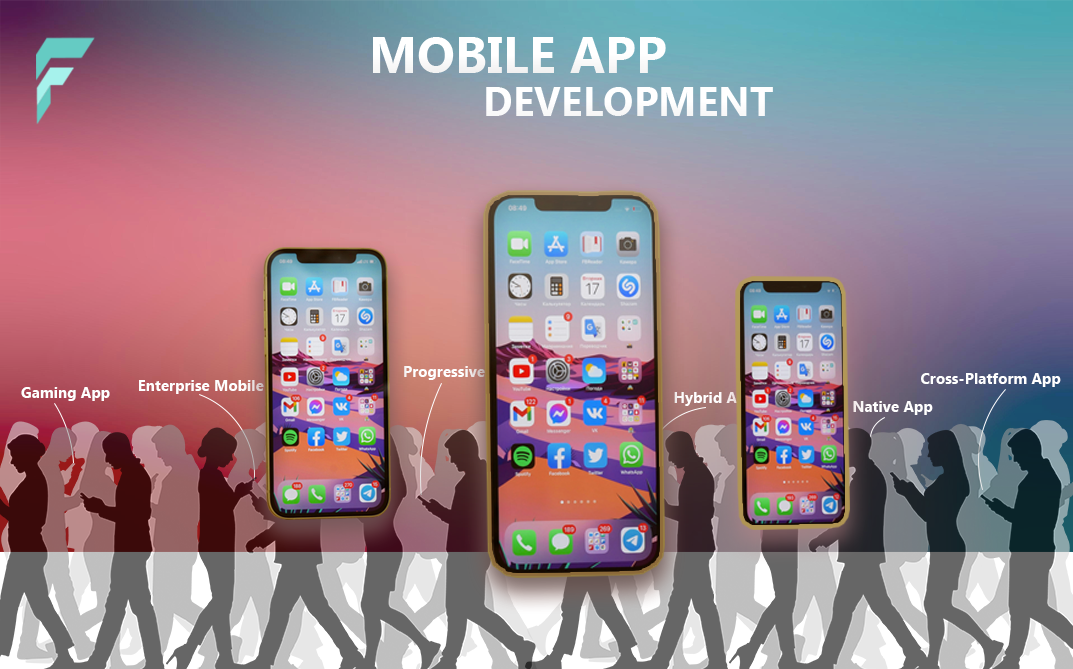How To Create an App in 12 Easy Steps (2026 Guide)
Learn how to create an app in 12 easy steps with this 2026 guide—covering planning, design, development, and launch strategies
Learn how to create an app in 12 easy steps with this 2026 guide—covering planning, design, development, and launch strategies
Mobile App development has become an essential part of the digital landscape. Whether for business, entertainment, or productivity, apps provide seamless user experiences across various industries. If you're looking to build an app, this guide outlines a structured 12-step process to help you bring your idea to life.

Every successful app starts with a clear idea. Identify the problem your app will solve and determine its target audience. Ask yourself:
Analyze existing apps in the same category to identify gaps and opportunities. Consider user feedback, competitor strengths, and industry trends. Market research helps refine your concept and avoid common pitfalls.
Decide on the type of app based on your target audience and development constraints:
Create wireframes or rough sketches of your app’s layout and functionality. This helps visualize user interactions and define key features before development begins.
Make a detailed list of features your app will include. Prioritize must-have functionalities and consider additional features for future updates. Key features to consider:
There are several ways to develop an app, each with different time and cost implications:
A well-designed UI/UX ensures a smooth and engaging user experience. Focus on:
The development process is divided into two main parts:
Ensure seamless communication between the frontend and backend for optimal performance.
Security is critical to protect user data. Implement best practices such as:
Testing ensures a bug-free and high-performing app. Conduct multiple rounds of testing, including:
Once testing is complete, prepare for launch by:
App development doesn’t end at launch. Regular updates keep your app relevant and secure. Focus on:

Choose F12 Technologies for industry-leading mobile app solutions designed to boost engagement, efficiency, and growth for your business.
We tailor our services to meet your specific requirements, ensuring innovative and impactful solutions that help you achieve your goals.
Contact Us